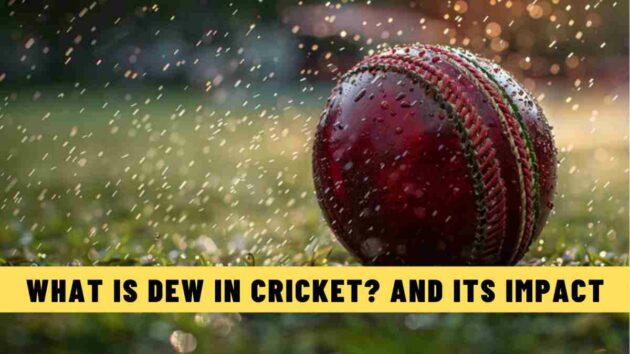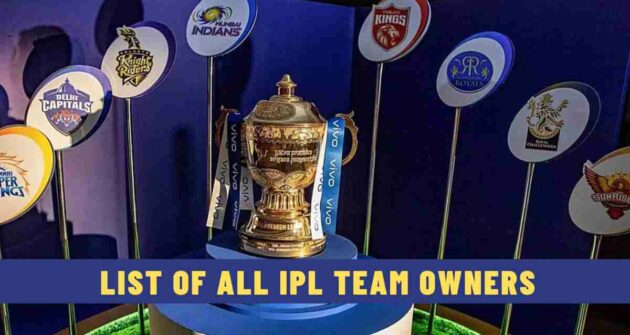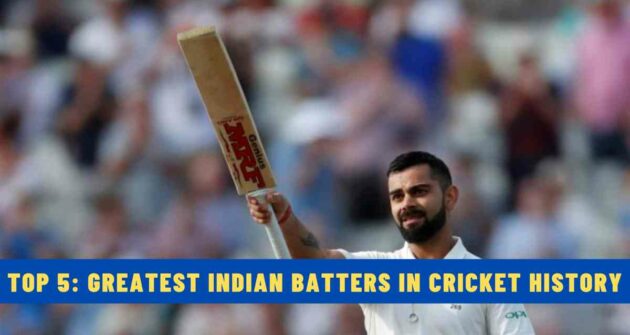Dew means the extreme presence of moisture on the ground and wicket that can be a disadvantage for a team that bowls second in the night or the evening. Due to condensation, moisture in the air turns into water in the evening or at night. Such conditions are witnessed in hot and humid conditions, especially in the subcontinent.
The team that bats second relishes chasing as it can affect the opposition bowler’s control and the way they would like to implement their variations and adjust the length of the ball.
Dew is one of the most important factors in cricket, as it can decide the outcome of a game. Teams chart out their plans depending on the dew situation in that particular venue.
Under such situations, a captain chooses to bowl first and likes to chase, especially during day/night games. A team that bats second gets the upper hand as the dew becomes much thicker under floodlights, and the performance of the fielders of the team that bowls second gets affected as the outfield becomes wet and can become slippery.
The bowlers can’t grip the ball properly, which affects their rhythm, ultimately affecting their line and length. Batting under lights is a blessing in disguise for the team batting second, especially when the match is held in the subcontinent. Normally the captain of the team or any other team member that bowls second keeps a handkerchief with him/her to rub the ball to clean the dew.
Ways to Counter Dew
The ICC (International Cricket Council) introduced a rule to reduce the dew’s impact on games. The ICC told the curators to keep some amount of grass on the wickets.
This move was introduced to give assistance to the pacers rather than relying on spinners and providing sporting wickets that help promote an even contest between the bat and ball. The other way is to not rely on friction that helps spinners turn the ball.
Spinners who flick the ball through their fingers or hands and spinners who utilise fingers while delivering the ball won’t be affected if there is dew.
Due to the advent of T20 games, cricket has become batter-friendly, and the ICC’s new amendments can be beneficial to bring a level playing field between the bat and ball. Even day/night Test cricket is witnessing the presence of dew, which is the reason the governing body has introduced the use of pink balls to provide assistance to the bowlers.
What more needs to be done?
One of the best ways to counter the dew is to make wickets that provide a level playing field to the bowlers as well as the batters. Modern-day cricket has somewhat become a power game due to the wickets that are batter-friendly, unlike the wickets that were prepared 20, 30, or 40 years ago, which tested a batter’s skills and technique.
Preparing such wickets will be a game changer, and the outcome of the games won’t be decided depending on the presence of dew. Even in T20 cricket, such types of wickets should be prepared even though they turn out to be low-scoring ones.
Such types of wickets will generate more interest, and fans will be able to enjoy equal competition between the bat and ball. Such wickets will surely be a big boon to generate more interest rather than wickets that are batter-friendly and offer high-scoring games with no help for the bowlers.
Preparing bowler-friendly wickets won’t give the undue advantage of dew to the teams batting second despite the presence of dew in day/night games.
Read Next | Why do Cricketers Shine the Ball?











